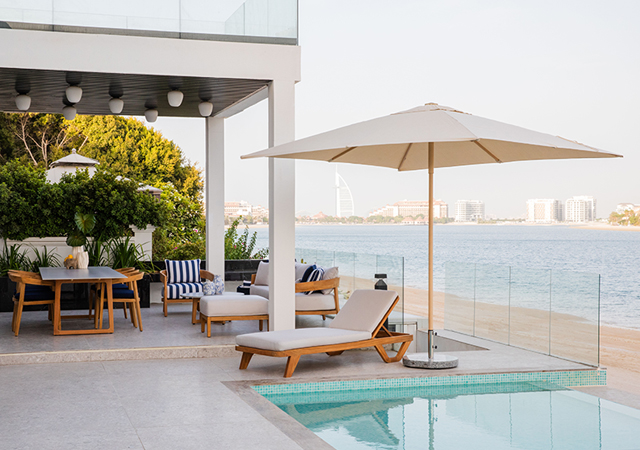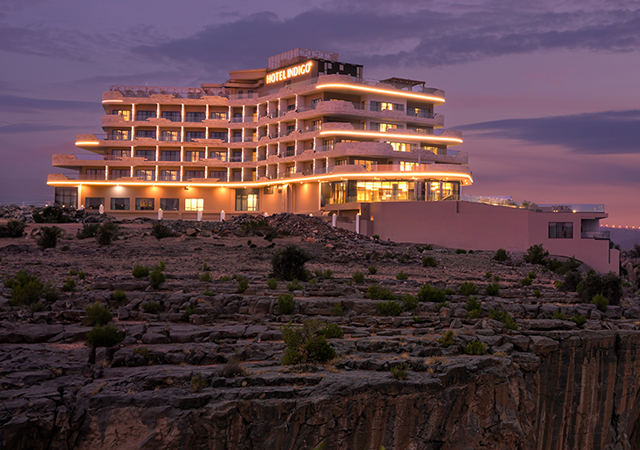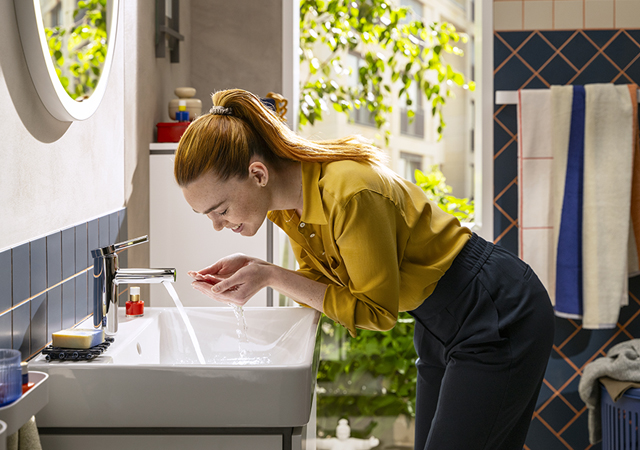
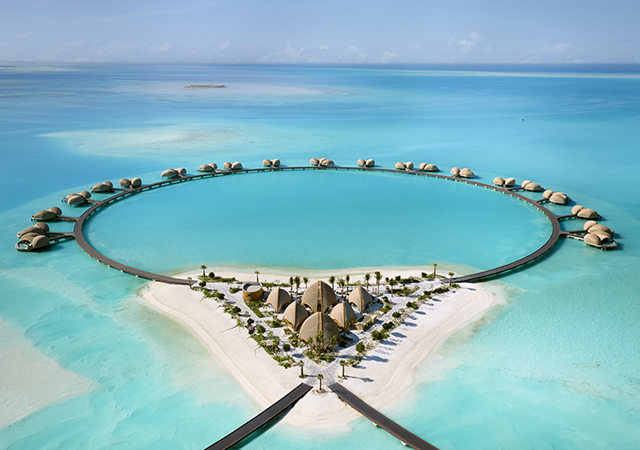 Nujuma, a Ritz-Carlton Reserve ... shell-inspired architecture.
Nujuma, a Ritz-Carlton Reserve ... shell-inspired architecture.
Red Sea Global (RSG) is setting new benchmarks in the luxury tourism industry with The Red Sea project, an exclusive destination that combines opulence with sustainability on Saudi Arabia’s pristine west coast. Marking a significant milestone, RSG has earned six prestigious LEED certifications for its properties, including Platinum certifications for the first three resorts to open at the destination.
These achievements not only highlight the developer’s commitment to green building but also its leadership in the global push for regenerative tourism, blending cutting-edge design with cultural and environmental harmony.
The Red Sea project offers indulgent experiences across uniquely designed resorts, managed by globally recognised hospitality brands.
The Building Design + Construction (BD+C) certifications solidify its position as a leader in developing efficient, green buildings. Three of these certifications were awarded for RSG’s first three resorts to open at The Red Sea: Six Senses Southern Dunes, The St Regis Red Sea Resort, and Nujuma, a Ritz-Carlton Reserve. These three resorts were recognised with the LEED v4 BD+C: Hospitality Platinum.
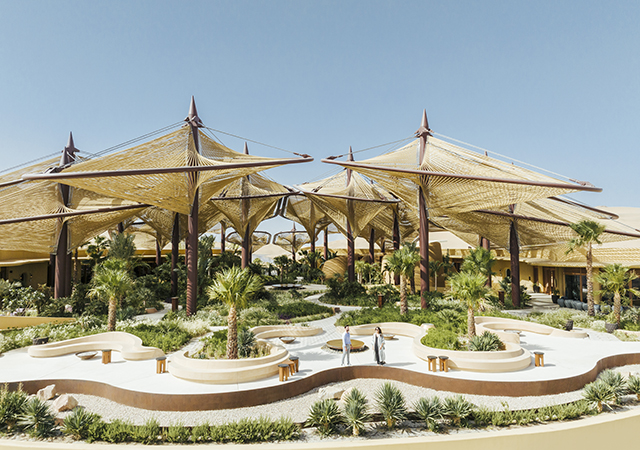 |
|
RSG employs low-impact materials, primarily wood, and utilises local stones and sand where possible for its projects. |
The other three certifications went to Turtle Bay Management Office (LEED v4 BD+C: New Construction Platinum) and The Red Sea linear apartments and The Red Sea type Z apartments (both with LEED v4 BD+C: New Construction Gold).
In an exclusive interview with Gulf Construction’s Bina Goveas, Faisal Butt, Group Head of Technical Project Management Office at Red Sea Global, remarks: “We are proud to lead in sustainable luxury hospitality through innovative designs and practices that respect our environment while providing unique and immersive experiences for our guests. Our commitment to sustainability does not compromise luxury; it enhances it, allowing our guests to enjoy unparalleled experiences that harmonise with the natural world.”
 |
|
Six Senses Southern Dunes pays homage to Nabataean heritage. |
The three resorts were designed by globally renowned architects for their specific settings: The St Regis Red Sea Resort was designed by Kengo Kuma & Associates and both Nujuma, a Ritz-Carlton Reserve, and Six Senses Southern Dunes, The Red Sea were designed by by Foster + Partners.
Providing design and fit-out details of the three hotels, he says: “Each hotel showcases a unique blend of avant-garde architecture that harmoniously aligns with the natural landscape. For instance, Nujuma’s sweeping shell-inspired architecture and elegant interiors are crafted with natural materials imbued with calming sea and sand tones, and geometric patterns reminiscent of the region’s design motifs. Arabic artifacts, traditional ceramics, woven Saudi patterned rugs and intricate wall hangings celebrating local craftmanship flow through the canopied interiors. Lush landscaping of indigenous plants elegantly frames the pathways between the pavilioned spaces and villas.
 |
|
The St Regis Red Sea Resort echoes the surrounding coral reefs, marine life and sand dunes. |
Meanwhile, The St Regis Red Sea Resort pays homage to the surrounding coral reefs, marine life, and sand dunes. The interior spaces – designed by Kristina Zanic Consultants – and furnishings feature organic forms with soft curves and spiral shapes, while fabrics are natural and tactile, reflecting the desert-inspired colour palette infused with blue and green tones from the local biodiversity. The contemporary interiors are accentuated with bespoke elements, including custom furniture, marble, and woodwork, he explains.
Each property draws inspiration from its natural environment and cultural heritage. For example, Six Senses Southern Dunes pays homage to Nabataean heritage through its use of locally sourced materials, while The Ritz-Carlton Reserve Nujuma blends seamlessly with its surroundings on the private islands.
So, what were the initiatives taken that helped these resorts achieve LEED Platinum certifications? Faisal Butt explains: “To achieve LEED certification, each building incorporates a range of sustainability features including passive design techniques, energy-efficient technologies, sustainable material selection, water conservation strategies, building management systems and treated sewage effluent for irrigation.”
RSG employs low-impact materials, primarily wood, and utilise local stones and sand where possible for its projects.
“Collaboration with experts in timber construction has allowed us to create buildings that avoid CO2 emissions while celebrating the beauty of the natural environment,” he adds.
Sewage treatment
For sewage treatment, the wetland approach has been adopted which starts at the screening stage to remove solid matter.
“After this,” he continues, “effluent is sent to the 20-acre wetland site made up of phragmite plants – a type of common reed – which naturally absorb the nutrients and metals, treating the water without the need for chemicals.
“Once treated and meeting the national regulations for water quality, the treated sewage effluent (TSE) is transferred to RSG’s landscape nursery, the largest in the Middle East at more than 1 million sq m, to irrigate the trees and shrubs. To date, more than five million plants have been grown to landscape its destinations, and 30 million will be grown by 2030.
“When the phragmite reeds grow too long or stop effective water treatment, they are pruned and the ends are sent to an integrated waste management facility. Here they are recycled and with other waste materials, made into bricks for the destination.”
Within the resorts, RSG has incorporated a range of innovative technologies, including smart thermostats, automated lighting systems, and a zero-emission 5G network, to enhance energy efficiency and improve guest convenience.
Commenting on some of the challenges in pushing ahead with RSG’s ambitions, Faisal Butt says: “One of our biggest challenges has been developing in a remote, diverse, and vast landscape while ensuring the environment is protected at all costs. However, this is a challenge we have faced head-on, and which also presented opportunities to do things the right way from the outset as opposed to retrofitting existing assets and infrastructure, for example.”
The next resorts to open later this year at The Red Sea are Shebara and Desert Rock, while Shura Island is on track to welcome guests in 2025.
Plans are in place to open an additional 13 resorts by 2025-end and by 2030, The Red Sea will feature 50 resorts, 8,000 hotel rooms, and 1,000 residential properties, encompassing island and inland locations. The development will also include luxury marinas, golf courses, entertainment venues, fine dining, and leisure facilities.
The destination’s dedicated airport, Red Sea International Airport (RSI), is welcoming direct flights from Riyadh, Jeddah and Dubai. Situated within three hours’ flying time of 250 million people and eight hours’ flying time for eight per cent of the world’s population, it has been receiving a regular schedule of domestic flights since September last year. International flights began in April this year, with a twice-weekly route between The Red Sea and Dubai International.
“Saudi Arabia has various strengths, such as its historical heritage and the biodiversity of the Red Sea, yet these are often not well known abroad. Our next challenge is to show the world the many delights that Saudi Arabia has to offer while continuing to open new hotels,” Faisal Butt concludes.



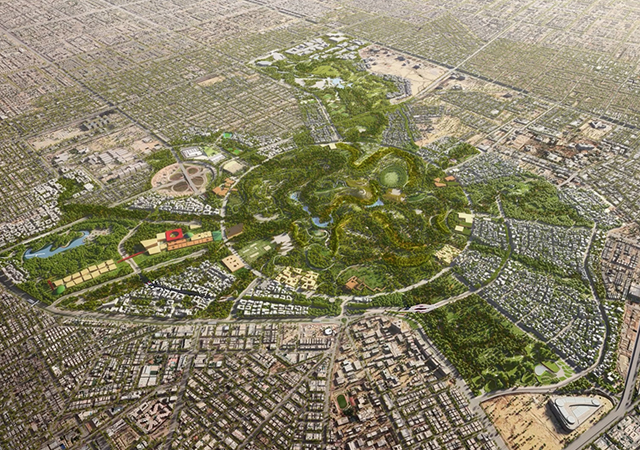
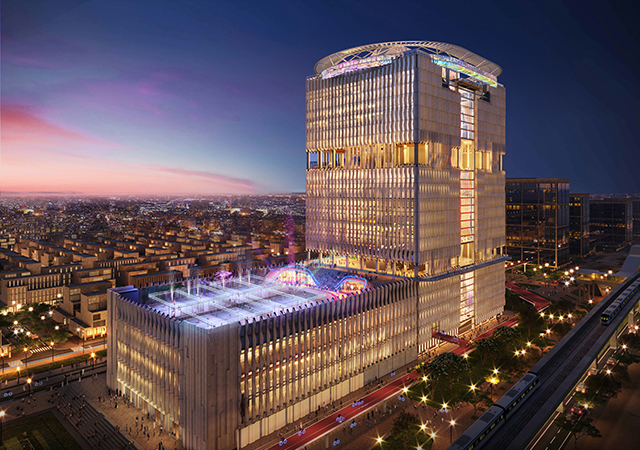
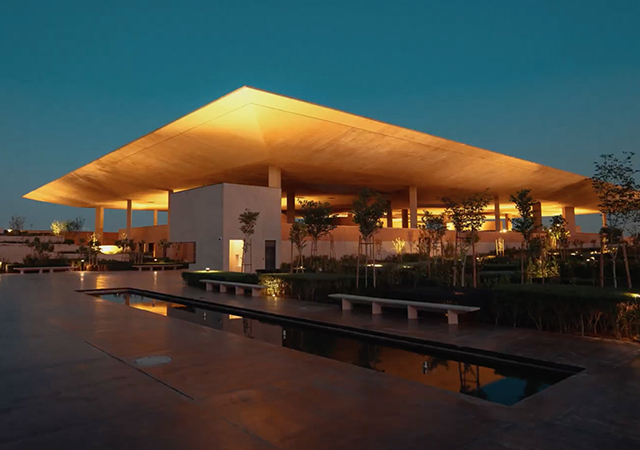
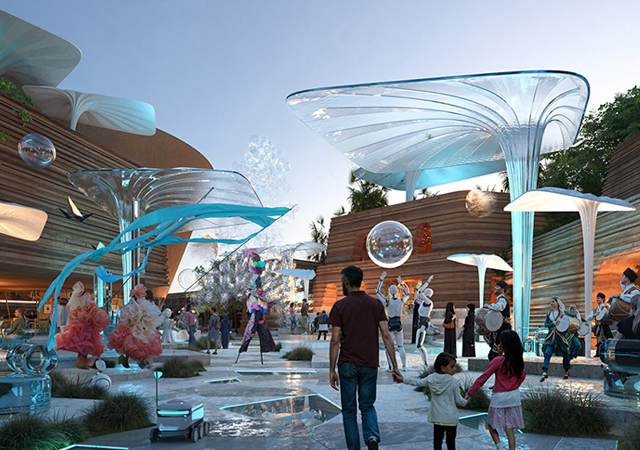

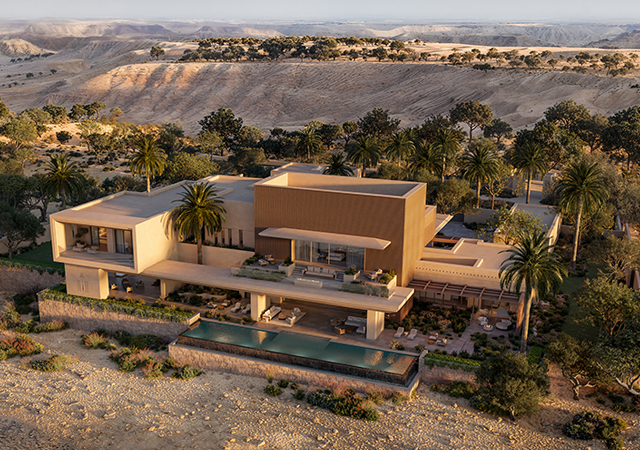
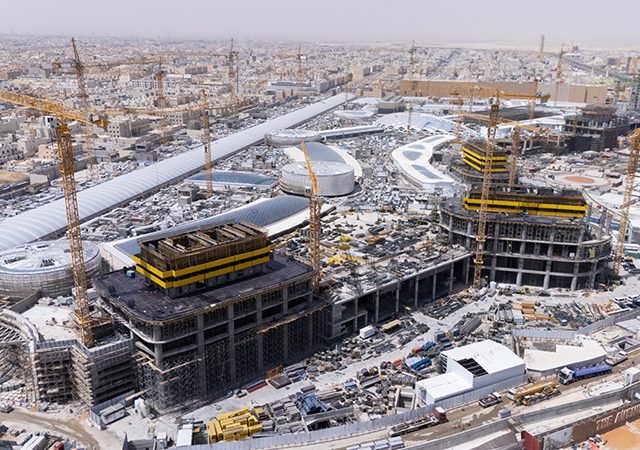
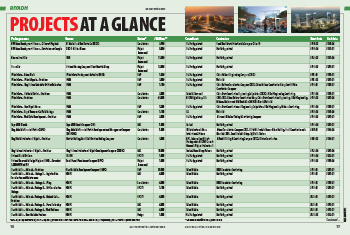
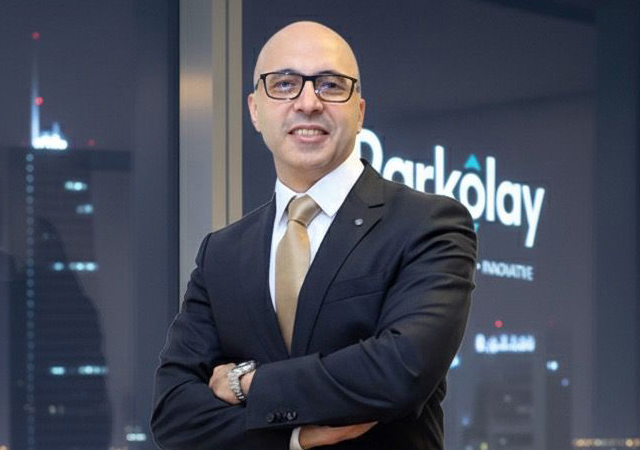


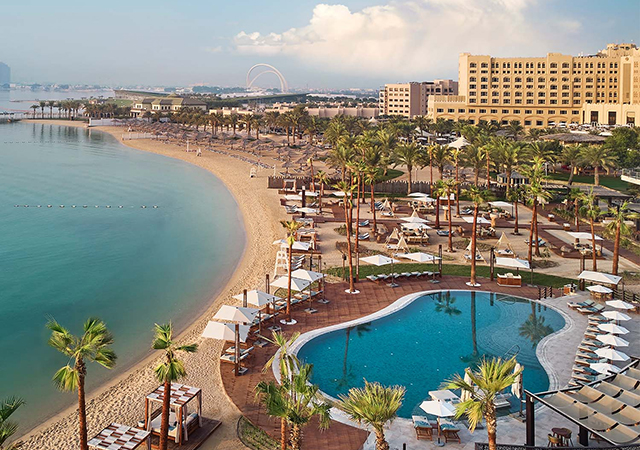
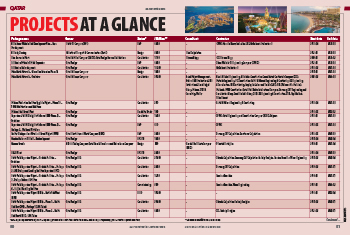
.jpg)
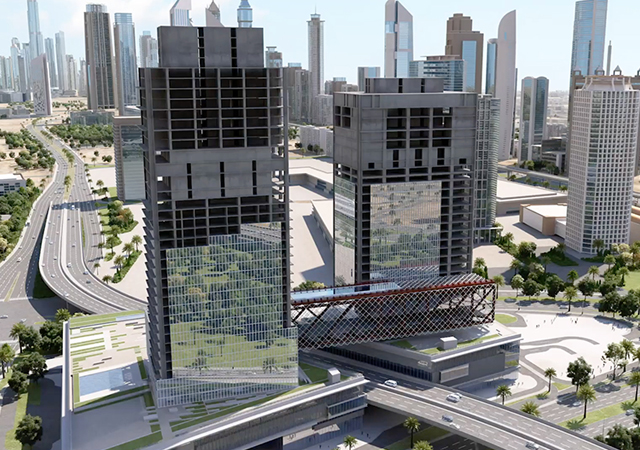
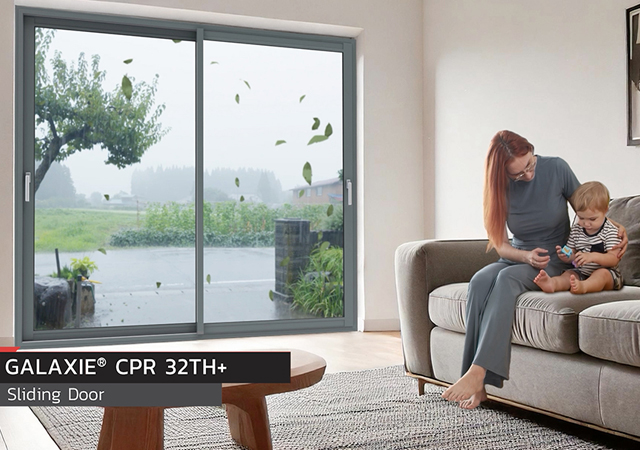
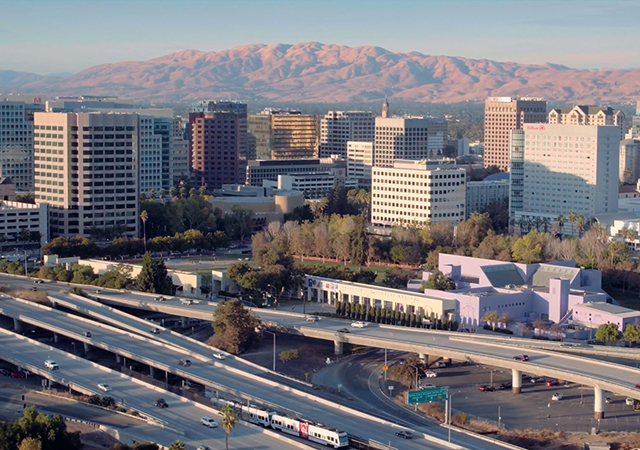


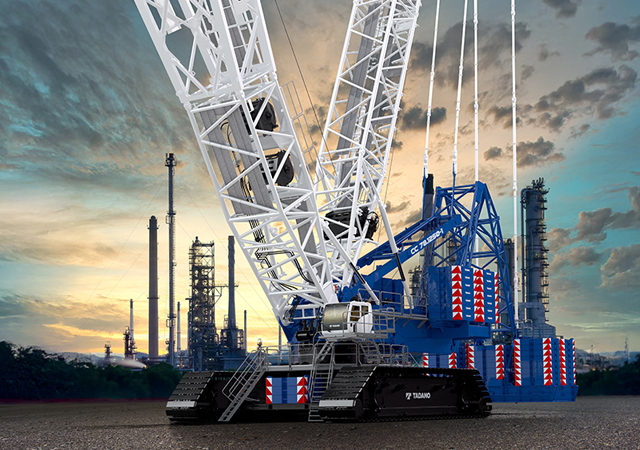
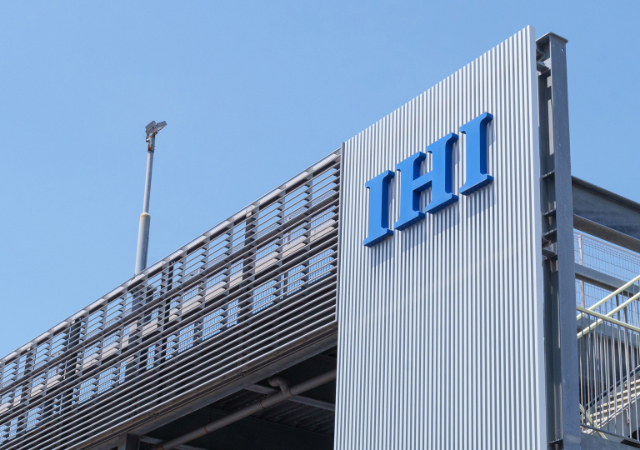

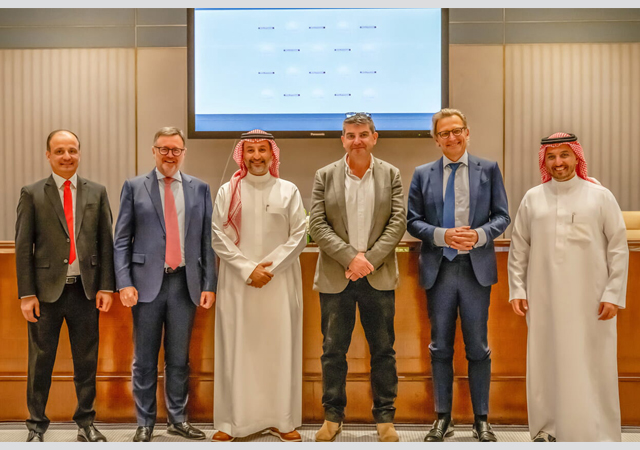

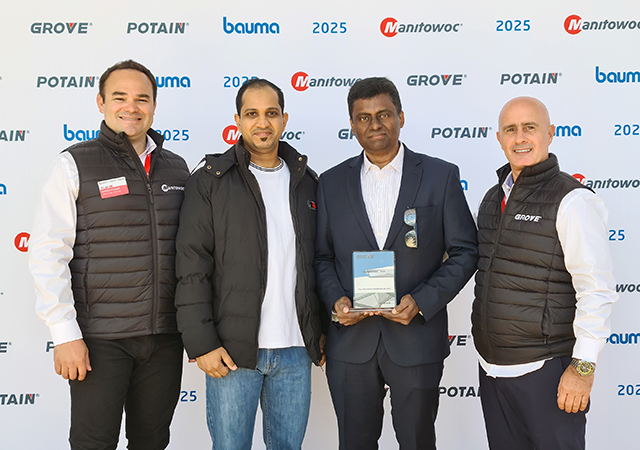
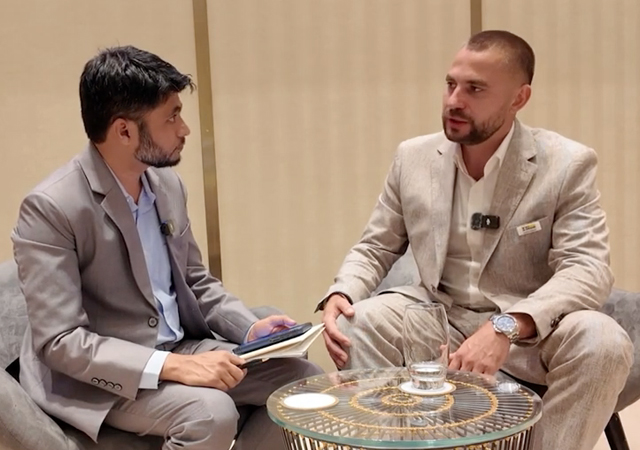
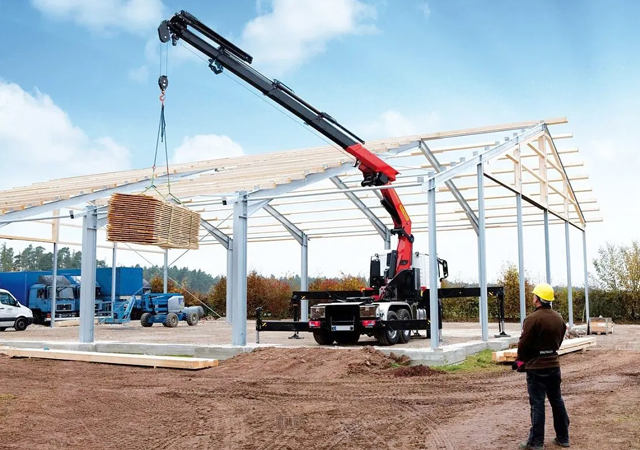
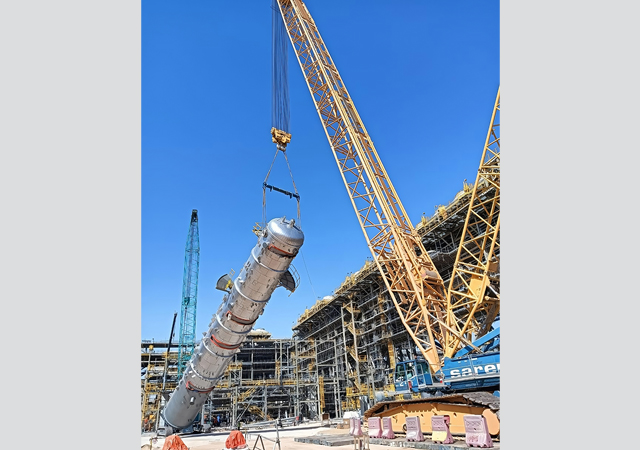
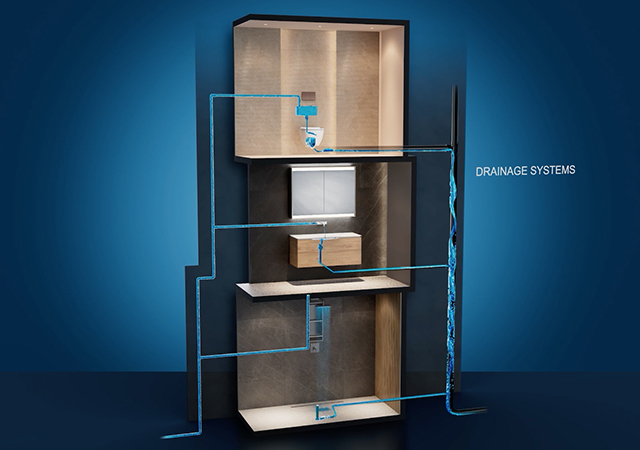
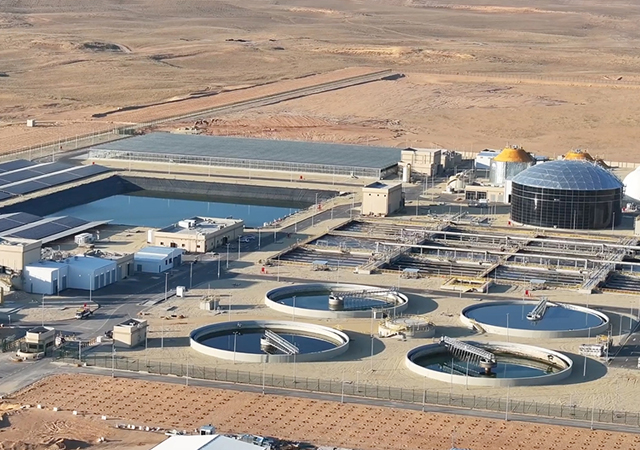
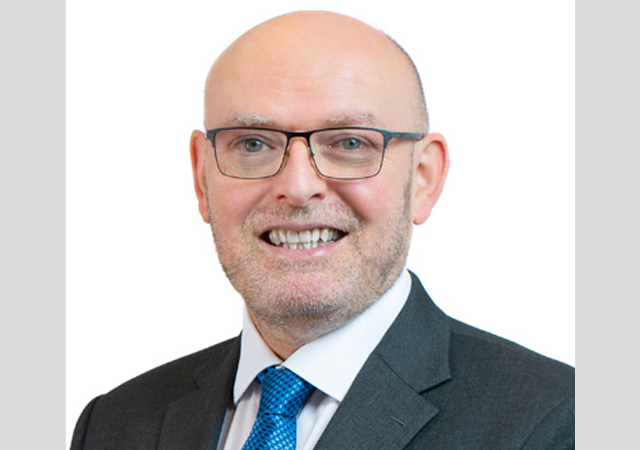
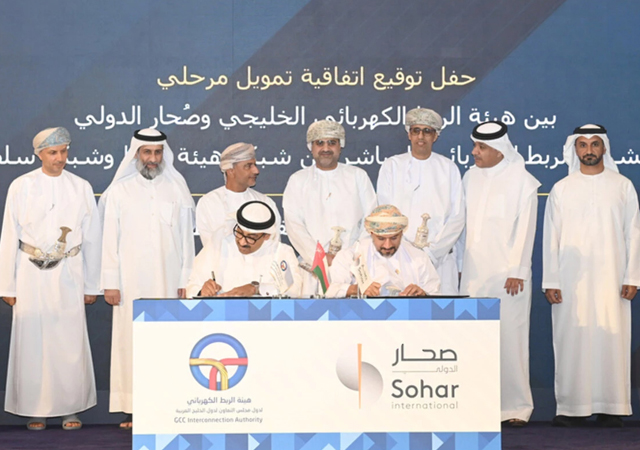
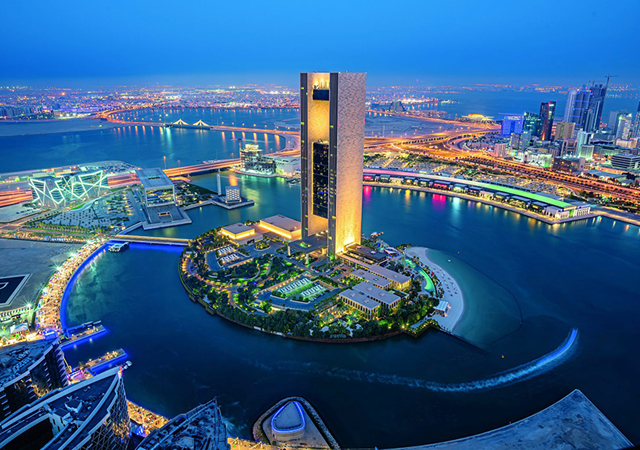
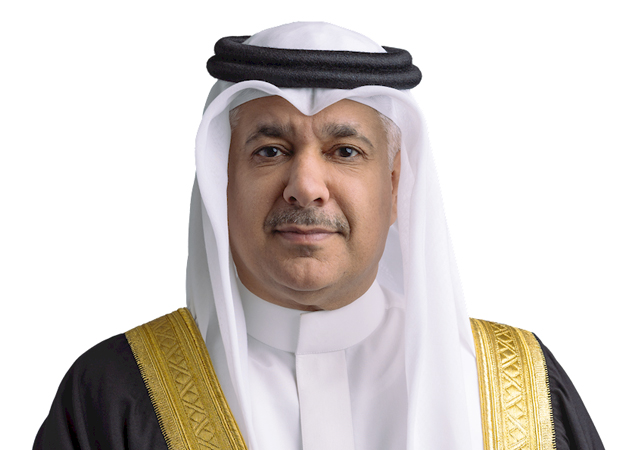



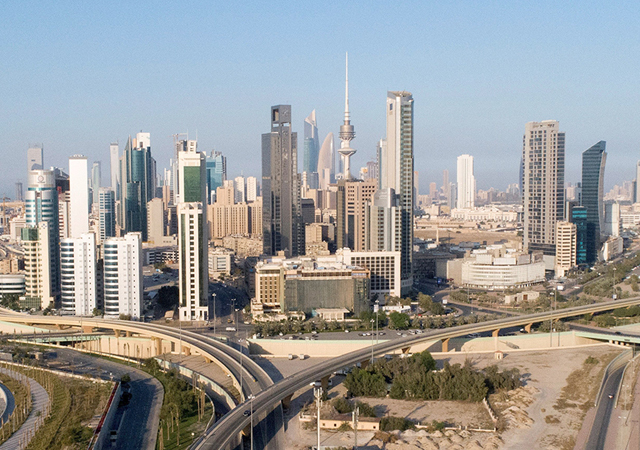
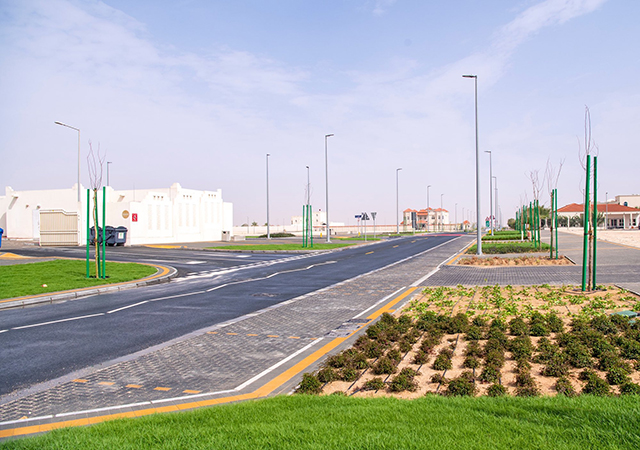

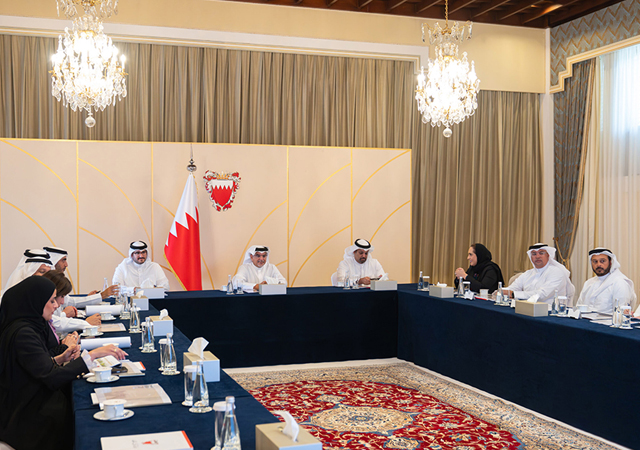


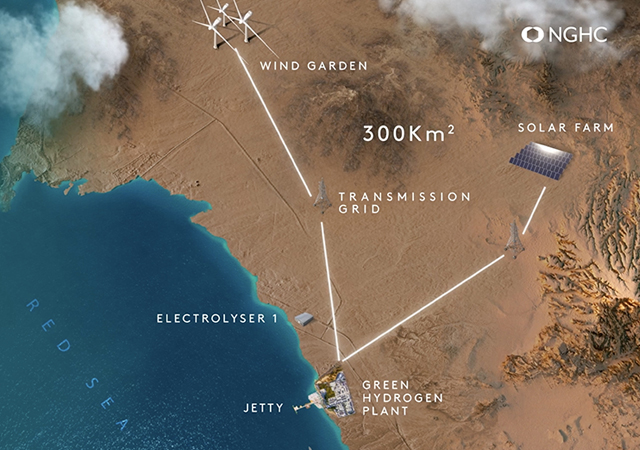
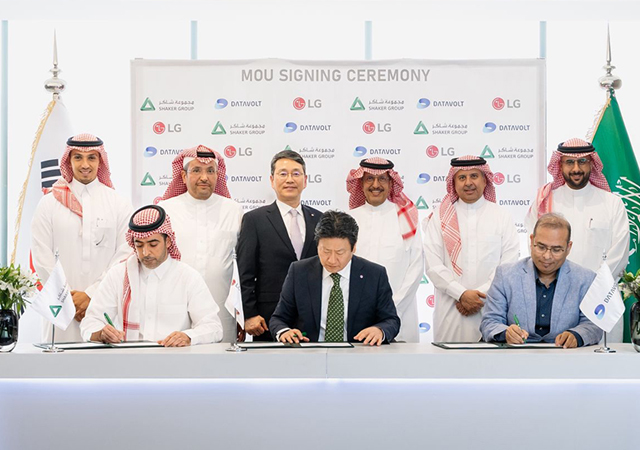
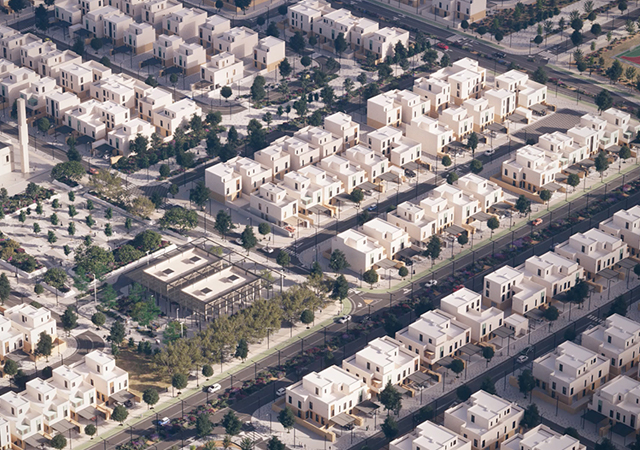
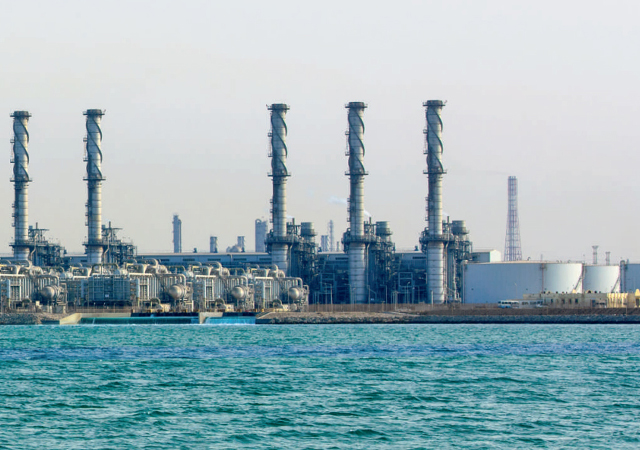
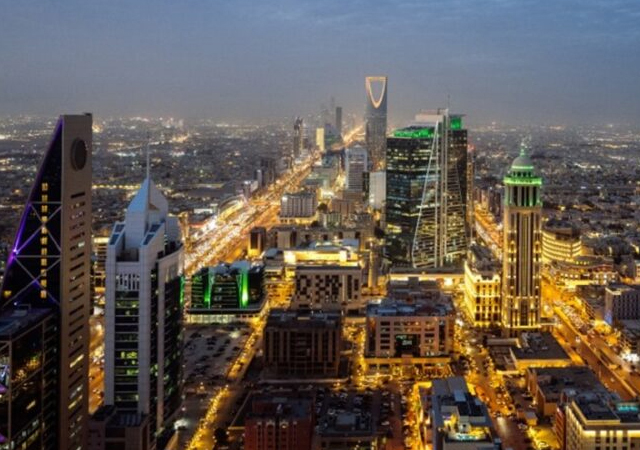
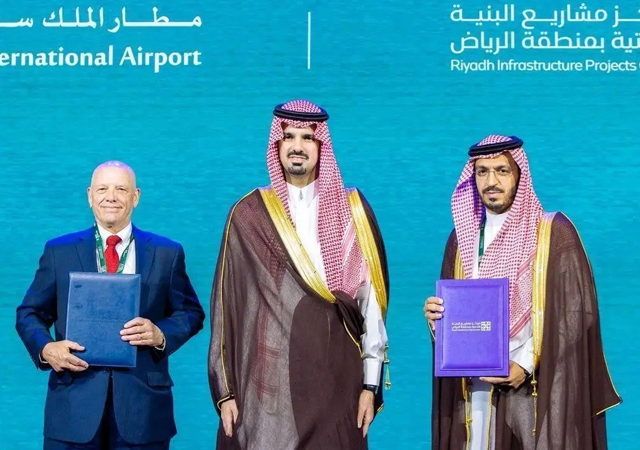
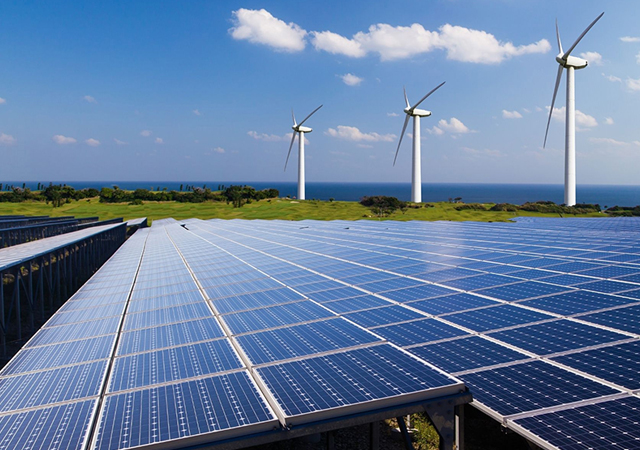
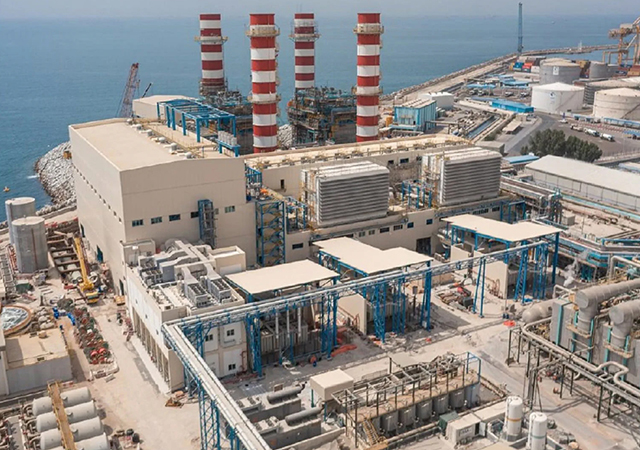


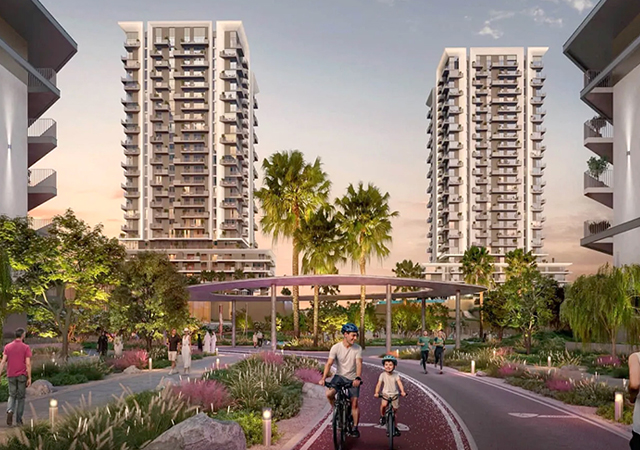
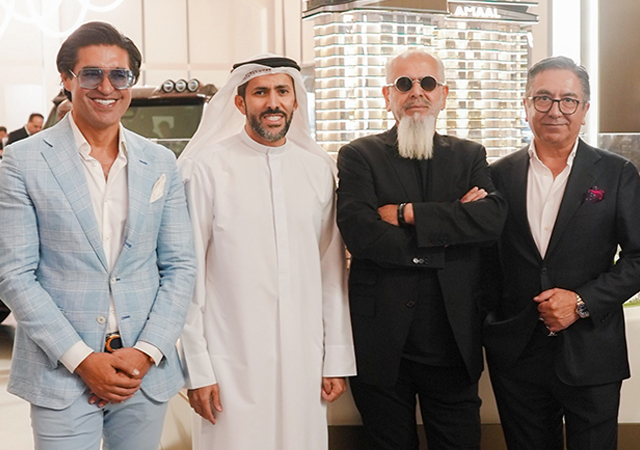
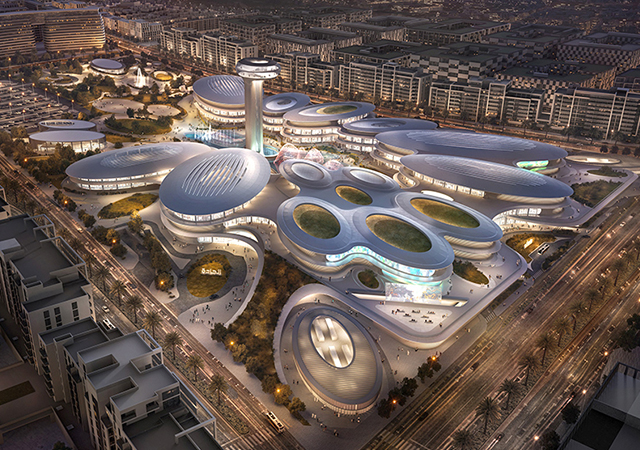

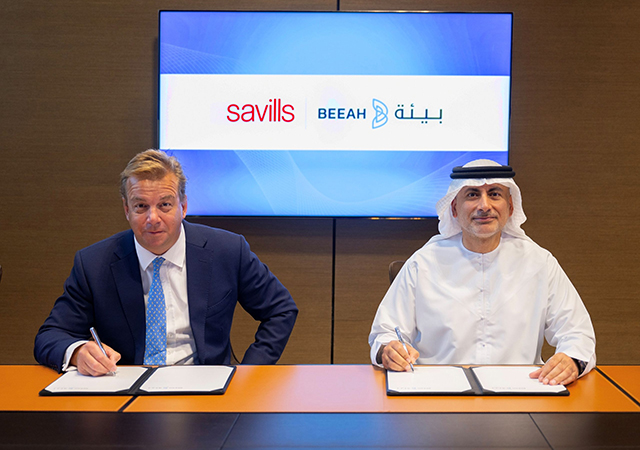
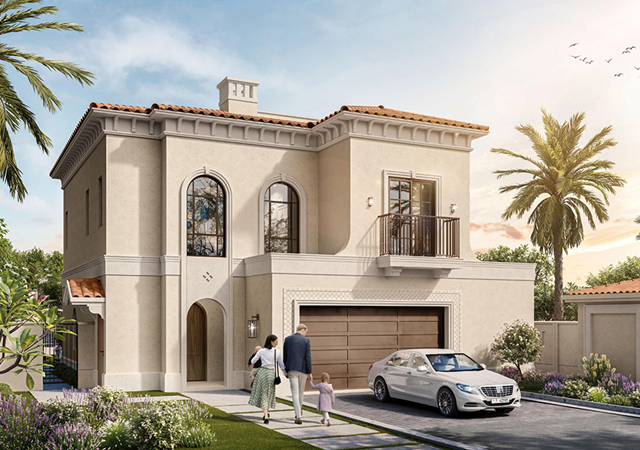
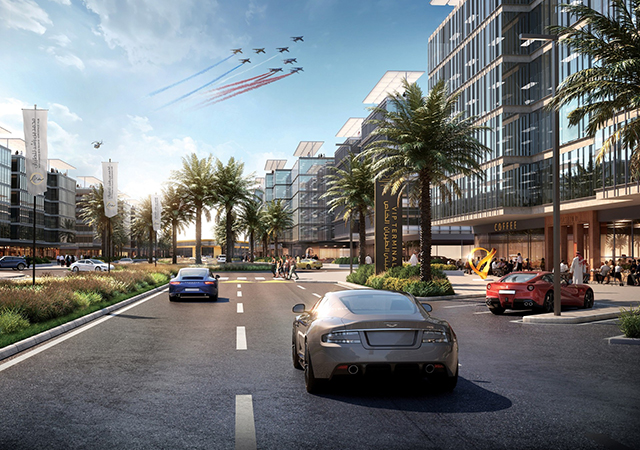

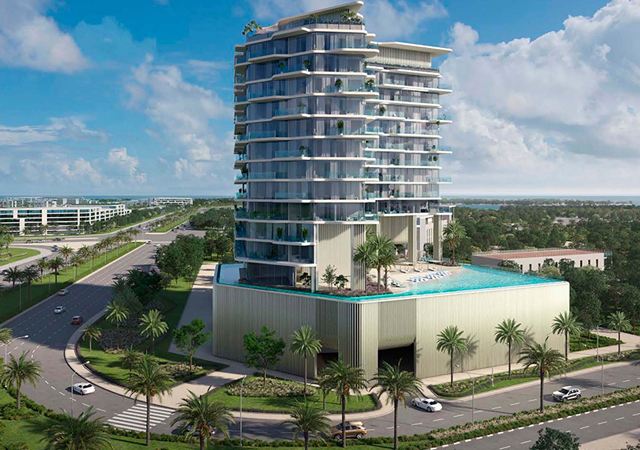
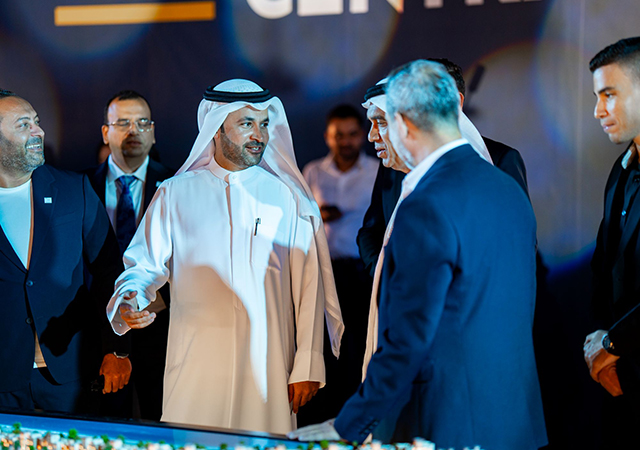
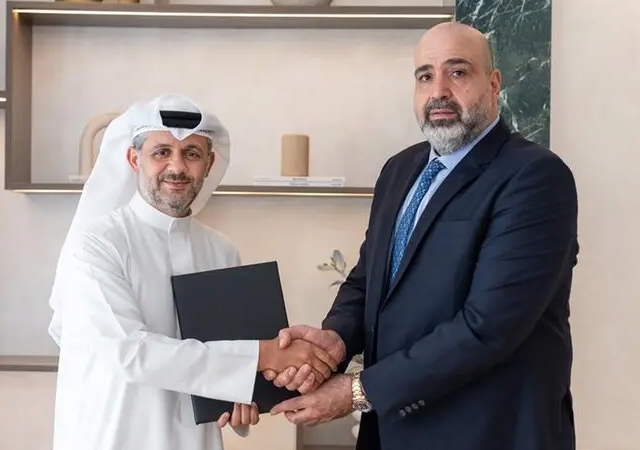
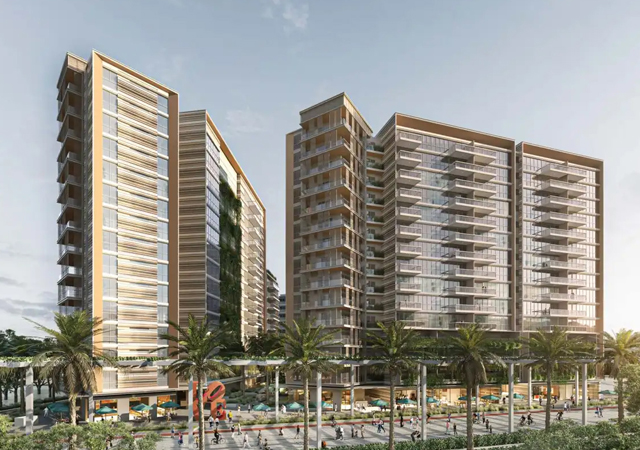
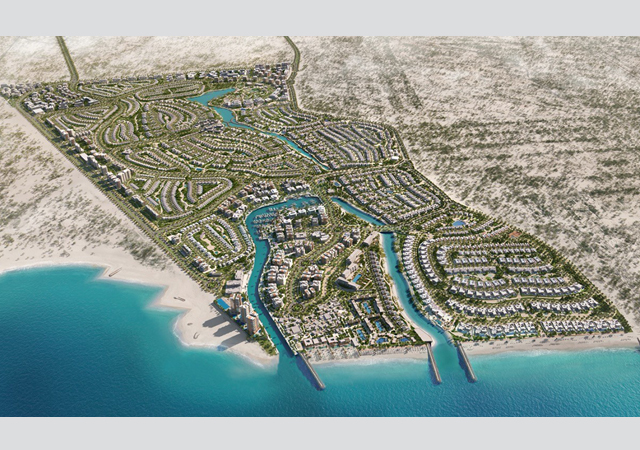
.jpg)
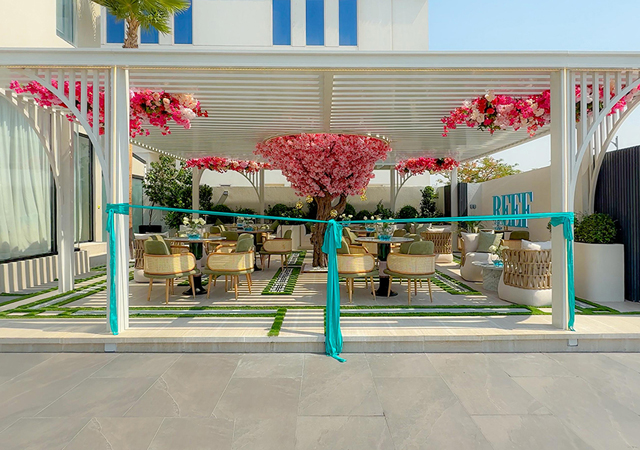
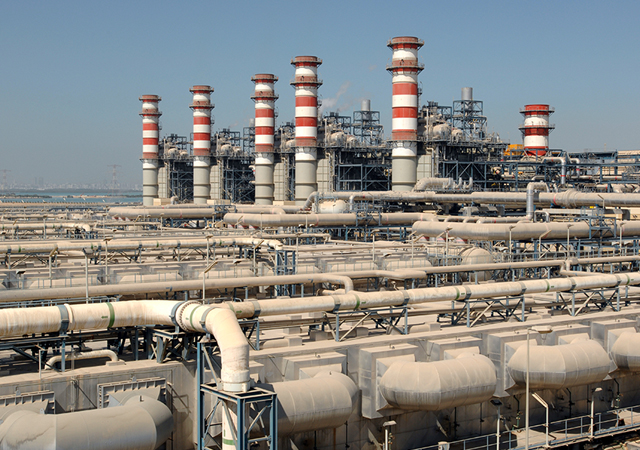
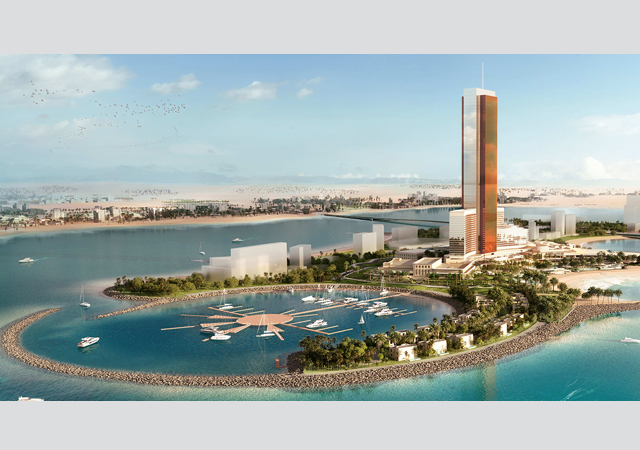
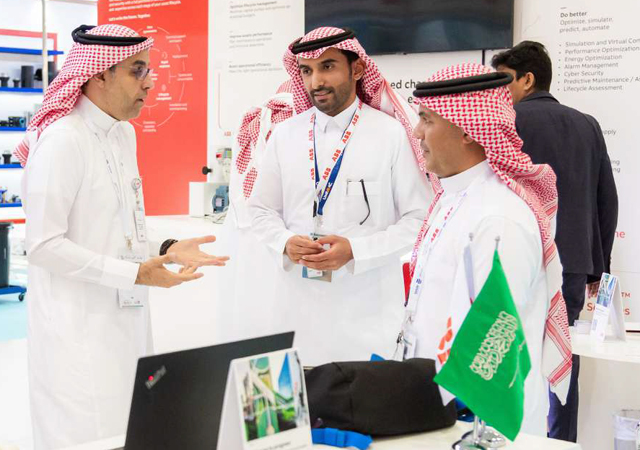
.jpg)

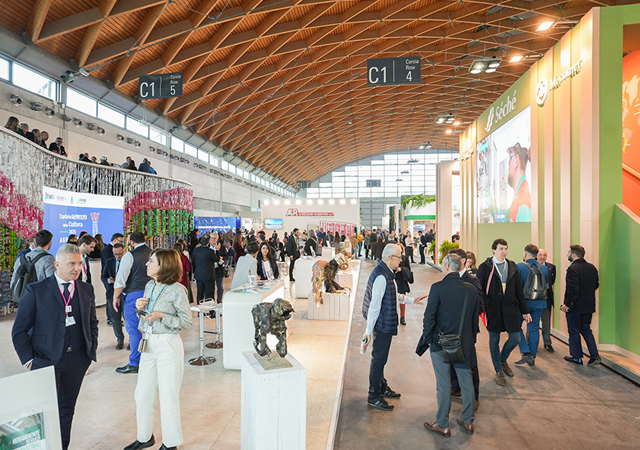
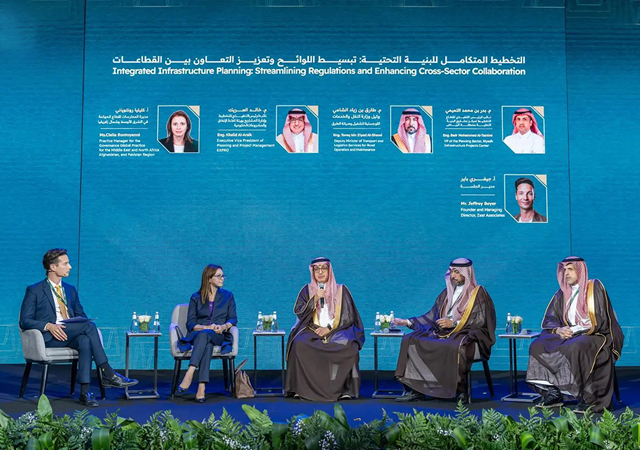
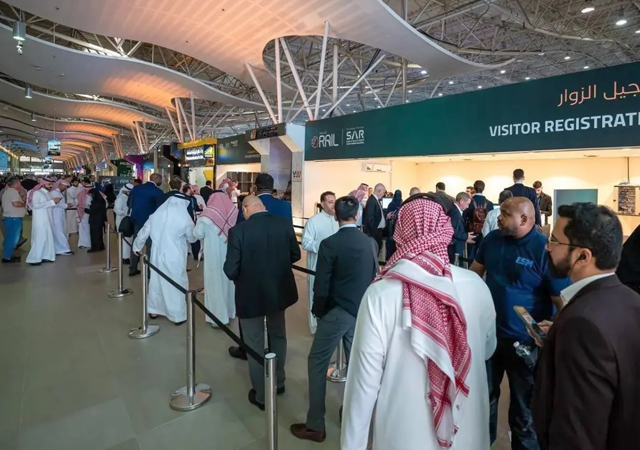


_master.jpg)
